Today’s coverage by Asher Moses in Fairfax newspapers on the latest saga with content filtering in Australia, alludes to virtual environments such as Second Life being added to the list of content not suitable for viewing in Australia. Essentially, the issue is that online ‘games’ like World of Warcraft and Second Life have not received an Classification rating and therefore under the proposed content filtering would be blocked.
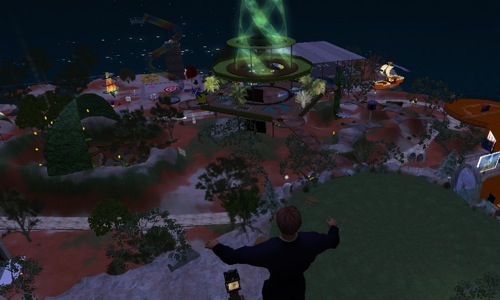
The government funded ABC island: collateral damage through bad policy?
It’s difficult to know where to begin to pick the flaws in the logic of the approach, but I thought it may be worth writing an open letter / tutorial to the obviously misinformed Minister in question, Senator Conroy:
1. Virtual worlds do indeed contain adult content such as sex of pretty much any type, simulated drug use and plenty of violence. That said, just like going to the R-rated shop located in most suburbs, in environments like Second Life you can’t partake of the goods unless you’ve provided proof of age. So Senator, are you going to mandate the Australian Federal Police to ensure every ‘bricks and mortar’ adult store customer has to go through a government check before entering? Will you also be closing down other social networking sites like Twitter, Facebook and YouTube, as they too are not rated and also contain graphic content?
2. Second Life, OpenSim grids and gaming worlds like World of Warcraft are three examples of environments that have highly valuable and empirically demonstrable educational benefits. Just talk to the dozens of Australian educators who have undertaken postgraduate research in the area. Can you explain what alternative means of immediate support the Rudd government will be providing to those people who utilise such environments for immediate health support around issues as diverse as mental health, physical disabilities and chronic disease support?
3. Given a range of virtual environments are used for the purposes of expressing free speech or engaging in activism in a much more visual way, does the Australian Labor party commit to not using emergent technologies for political purposes? Why should Gaza protesters not be able to get their message out via Second Life to Australians whilst the ALP spams YouTube with Kevin Rudd informercials?
4.On the child protection thing. Any normal person doesn’t want their kids exposed to undesirable influences – it’s called parenting. If parents cannot be trusted to screen virtual world content, then is the government also committing to a full ban on R-rated magazines in newsagents, a blanket ban on all legal drug consumption in public and zero tolerance on swearing or violence. And if so, how will this be funded and implemented?
5. Can the Rudd government outline how Australians will maintain their competitive advantage in a global economy where virtual worlds are increasingly adopted as a means of communication? Will books be distributed with vetted pictures of said technologies and will this be enough to make our children competitive?
6. This to me is the most important question of all: have you, Senator Conroy, received any substantive briefing on the opportunities virtual worlds provide for educators, health professionals and businesses? I don’t mean Steve Fielding showing you a picture of two avatars going at it in Second Life. I mean a real briefing covering demographics, trends, research and evidence-based success stories. I can point you in the direction of half a dozen great people locally off the top of my head. Hell, I’ll come too to report on your newfound open-mindedness. I promise I’ll behave.
Of course, Senator Conroy is no more likely to read the above open letter than he is to request the substantive briefing mentioned. To be fair, no definitive statement has been made by the government on virtual worlds but the signs certainly aren’t encouraging. Like the wider issues with content filtering, the baby looks like being thrown out with the bathwater, and we won’t know it until it’s too late. If this does come to pass, Australia will be up there with North Korea in developing its population to be tech-savvy competitors in a global economy. Now THAT’s an education revolution.
Postscript: this afternoon I spent some time discussing the issue with Tateru Nino (who’s written on the issue here and here) and she made a really good point: by creating its adult-only continent in Second life, has Linden Lab forced the hand of ACMA to provide a rating on Second Life’s content. Having everything conglomerated in one place makes a rating easier. The trouble is, under the proposed regime it could also spell the end of Second Life access for Australians, or at least some significantly pared down access to PG-areas only.

 However, it is psychologically damaging both in psychosocial relationships, employment responsibility and accountability and can even affect our general health to a large degree. You might therefore say that although substance abuse and gambling are faster and
However, it is psychologically damaging both in psychosocial relationships, employment responsibility and accountability and can even affect our general health to a large degree. You might therefore say that although substance abuse and gambling are faster and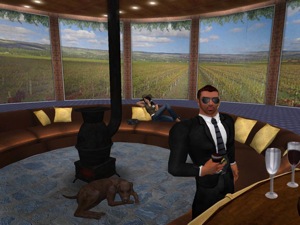 Back in May 2007 we
Back in May 2007 we 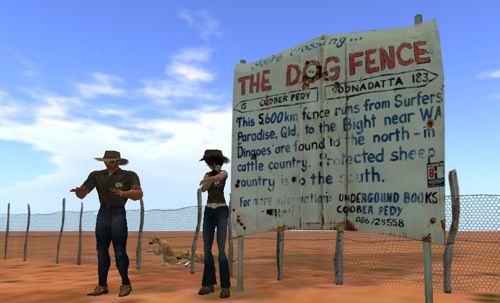
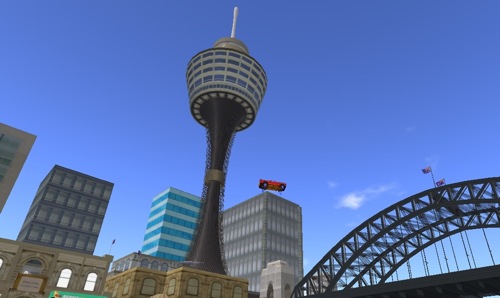
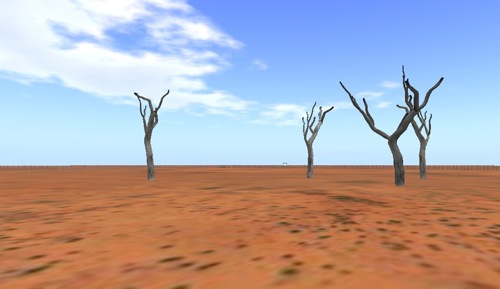
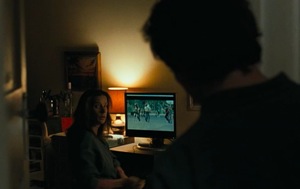 Beautiful Kate is both a visually stunning and emotionally confronting movie that builds a warmth that belies its subject matter. Based on Newton Thornburg’s 1982 novel of the same name, Director
Beautiful Kate is both a visually stunning and emotionally confronting movie that builds a warmth that belies its subject matter. Based on Newton Thornburg’s 1982 novel of the same name, Director 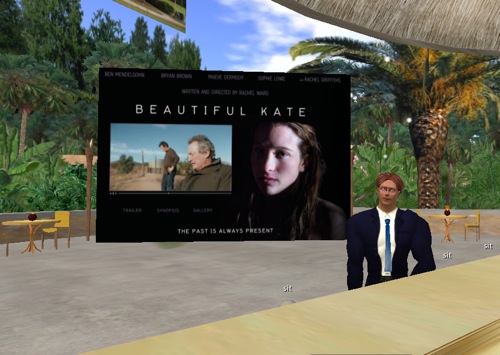
 In 2008, with not a lot of fanfare, the
In 2008, with not a lot of fanfare, the  Born in Kwangju, Korea, and Australian by naturalisation, Professor Young Choi was educated at the Australian National University and the University of Adelaide.
Born in Kwangju, Korea, and Australian by naturalisation, Professor Young Choi was educated at the Australian National University and the University of Adelaide. Prof. Furness is a pioneer in human interface technology and virtual reality. He received the BS degree in Electrical Engineering from Duke University and the Ph.D. in Engineering and Applied Science from the University of Southampton, England. Dr. Furness is currently a professor of Industrial Engineering with adjunct professorships in Electrical Engineering, Mechanical Engineering, Aeronautics and Astronautics, and Human Centered Design and Engineering at the University of Washington. He is the founder of the Human Interface Technology Laboratory (HIT Lab) at UW and founder and international director of the HIT Lab NZ at the University of Canterbury, Christchurch, NZ and the HIT Lab Australia at the University of Tasmania, Launceston, Tasmania. He is also an Erskine Fellow and Adjunct Professor at the University of Canterbury and an Adjunct Professor at the University of Tasmania.
Prof. Furness is a pioneer in human interface technology and virtual reality. He received the BS degree in Electrical Engineering from Duke University and the Ph.D. in Engineering and Applied Science from the University of Southampton, England. Dr. Furness is currently a professor of Industrial Engineering with adjunct professorships in Electrical Engineering, Mechanical Engineering, Aeronautics and Astronautics, and Human Centered Design and Engineering at the University of Washington. He is the founder of the Human Interface Technology Laboratory (HIT Lab) at UW and founder and international director of the HIT Lab NZ at the University of Canterbury, Christchurch, NZ and the HIT Lab Australia at the University of Tasmania, Launceston, Tasmania. He is also an Erskine Fellow and Adjunct Professor at the University of Canterbury and an Adjunct Professor at the University of Tasmania. 1. Anyone still not convinced about the growth of virtual meeting spaces within business might like to check out the one created for the Virtual Edge Summit by
1. Anyone still not convinced about the growth of virtual meeting spaces within business might like to check out the one created for the Virtual Edge Summit by  1. Second Life educator extraordinaire, Jokay Wollongong, is having a Eurovision party this coming Sunday.
1. Second Life educator extraordinaire, Jokay Wollongong, is having a Eurovision party this coming Sunday.
Recent Comments